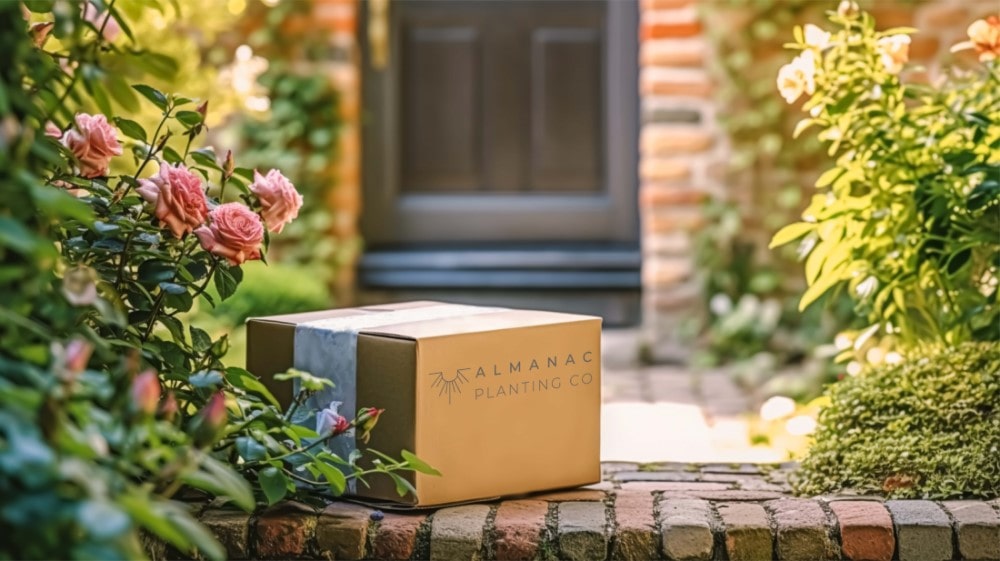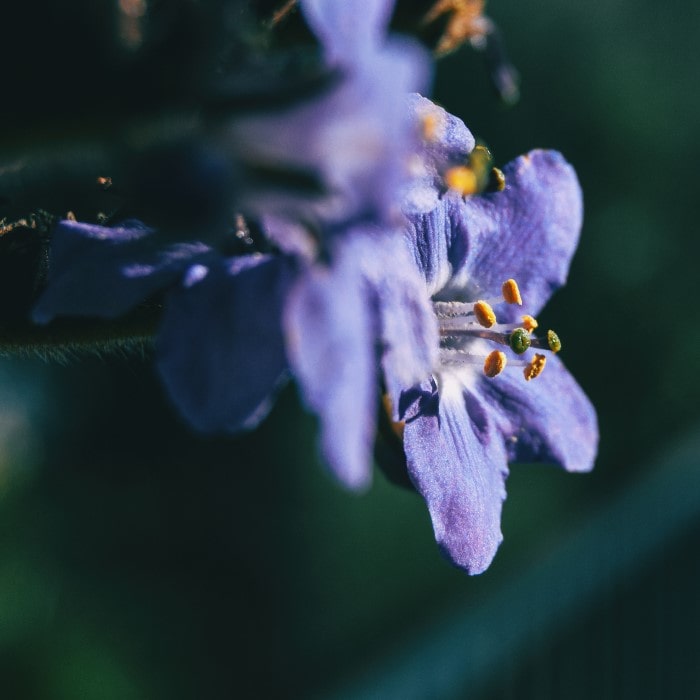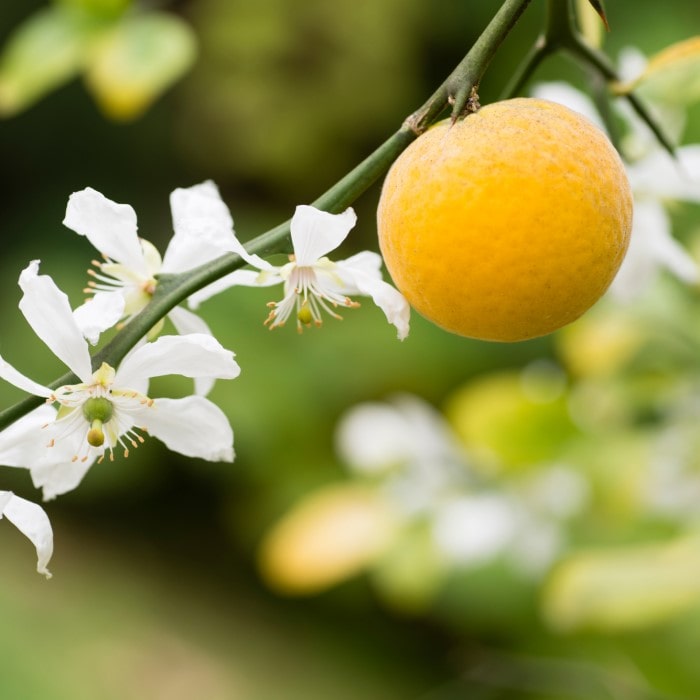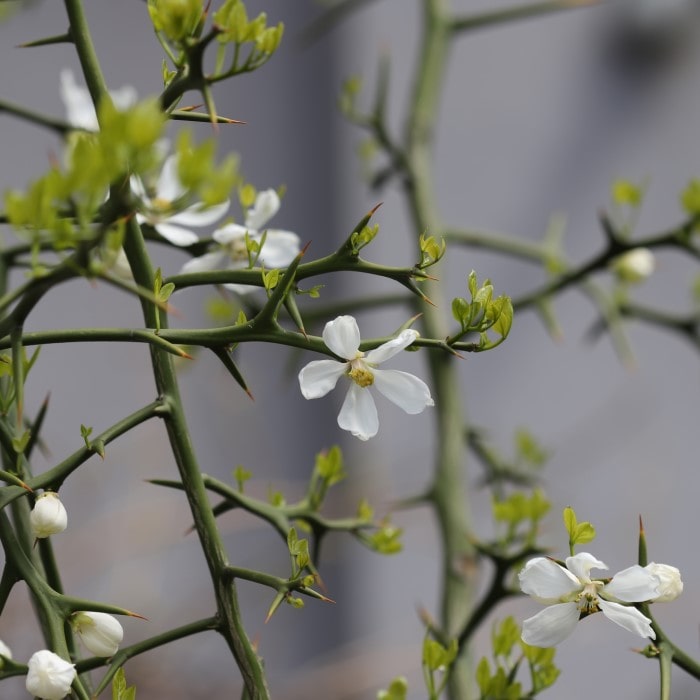Salvia officinalis 'Broadleaf'
Overview
Uses: Culinary herb, ornamental garden accent, pollinator gardens, and container planting.
Benefits: A classic Mediterranean herb known for its aromatic gray-green leaves and savory flavor. Excellent for seasoning meats, sauces, and roasted vegetables. Also prized for its ornamental appeal and pollinator-friendly blooms.
USDA Hardiness Zones: 5–9 (grown as an annual in colder zones)
Life Cycle: Hardy Perennial
Sun: Full Sun
Mature Height: 18" – 30"
Mature Width: 18" – 24"
Bloom Season: Late Spring to Early Summer
Growth Rate: Moderate
Summary
Broadleaf Sage (Salvia officinalis) is a timeless garden herb with broad, velvety, gray-green leaves and a rich, earthy aroma. Valued equally for its flavor and beauty, this culinary staple brings both texture and fragrance to the kitchen garden.
During late spring and early summer, it produces spikes of lavender-blue flowers that attract bees, butterflies, and other beneficial pollinators. The foliage remains evergreen in mild climates, offering year-round color and structure in herb beds and borders.
Perfect for gardeners who want a hardy, low-maintenance herb that’s both practical and ornamental.
Care
Broadleaf Sage Care
Plant in well-drained soil and full sun for best growth and flavor. Sage prefers slightly alkaline soil and benefits from good air circulation to prevent moisture-related issues.
Water sparingly once established — this drought-tolerant perennial prefers dry to moderate moisture and will decline in overly wet soils.
Harvest leaves regularly to promote fresh growth. Avoid cutting into woody stems in late fall, as this can reduce winter hardiness.
Feed lightly in spring with a balanced slow release fertilizer to support new growth and vibrant foliage.
Size
Size of Broadleaf Sage for Sale Online
Our Salvia officinalis 'Broadleaf' plants are greenhouse-grown and shipped healthy and well-rooted in their nursery pots. Each plant will be appropriately sized for its container. For sizing questions, please contact us.
Size of Broadleaf Sage When Fully Grown
Broadleaf Sage typically grows 18"–30" tall and 18"–24" wide, forming a dense, woody-based mound of aromatic foliage.
Additional Information
Can Broadleaf Sage survive winter?
Yes — it’s hardy in USDA Zones 5–9. In colder zones, grow as an annual or bring containers indoors for overwintering.
Is Broadleaf Sage edible?
Absolutely! The leaves are commonly used fresh or dried for seasoning meats, poultry, and pasta dishes. It’s one of the most flavorful and widely used culinary sages.
Does Broadleaf Sage attract pollinators?
Yes — the lavender-blue flowers attract bees, butterflies, and other beneficial pollinators to the garden.
How often should I replace my sage plant?
Sage plants tend to become woody and less productive after 3–4 years. Replacing older plants ensures the best leaf quality and vigor.
Can I grow Broadleaf Sage indoors?
Yes — provide at least 6 hours of direct sunlight or supplemental grow lighting, and ensure excellent drainage to prevent root rot.












